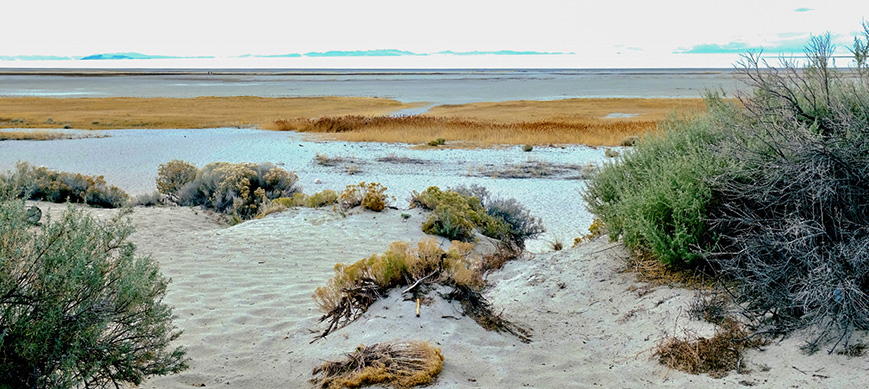
General Permitting Program
The Division of Water Quality (DWQ) requires and issues Utah Pollution Discharge Elimination System (UPDES) permits to all entities that discharge pollutants from a point source to waters of the state, including discharges of domestic and industrial wastewater along with more diffuse sources like stormwater. For domestic and industrial dischargers, these permits establish allowable concentrations of pollutants and/or mass loadings in the permittee’s discharge and include monitoring requirements to ensure the resulting water quality in the discharge is sufficient to protect the applicable designated uses and is consistent with Utah’s antidegradation policy. For stormwater discharges, permits establish best management practices to ensure designated uses are protected.
Great Salt Lake (GSL) Permitting
Discharge permit limits are based on the most stringent of:
- Technology-based effluent limits (which includes, but is not limited to, secondary treatment standards and categorical effluent limits prescribed for a given industry)
- Water quality-based effluent limits to protect the designated uses
Water quality-based effluent limits are usually based on maintaining numeric water quality criteria as determined by a Waste Load Analysis. A different approach is needed for GSL because only a single numeric water quality criterion (selenium) is available. Because the development of GSL-specific numeric water-quality criteria for all pollutants will require significant time and resources, DWQ has implemented an interim permitting program for GSL discharges (364 KB) to protect the lake’s beneficial uses while developing and criteria adopted in 2016 following response to public comments.
This approach helps ensure that GSL’s beneficial uses are protected from potentially harmful pollutants while water-quality standards are developed and adopted for the lake. The information is documented in the individual permit Fact Sheet and Statement of Basis.
The interim permitting process includes:
- Discharge monitoring
- Comparison of pollutant concentrations to screening levels
At this point, these requirements have been applied to all UPDES permitted discharges that discharge either directly to GSL or to tributaries that also lack numeric water quality standards. Permits for discharges to tributaries with numeric criteria, such as the Jordan River, are based on meeting the numeric criteria in these waters.
Currently, permitted discharges, whether directly to the lake or indirectly through the main rivers, fall into four major classifications:
- Municipal wastewater treatment facilities or publicly owned treatment works (POTWs)
- Stormwater discharges
- Mineral extraction facility discharges
- Other industrial facility discharges
